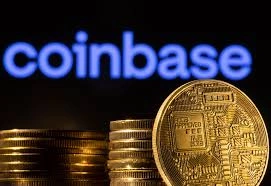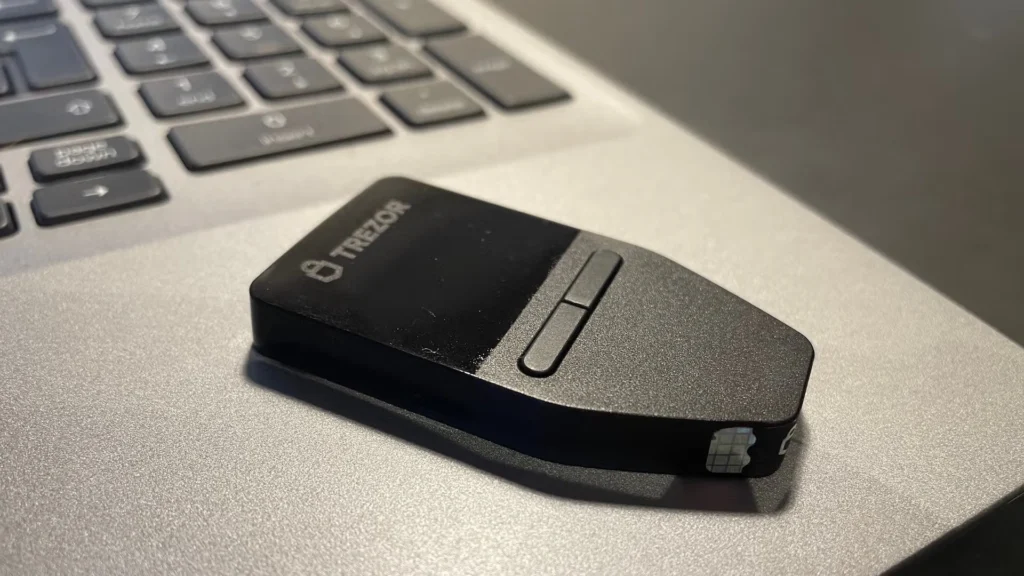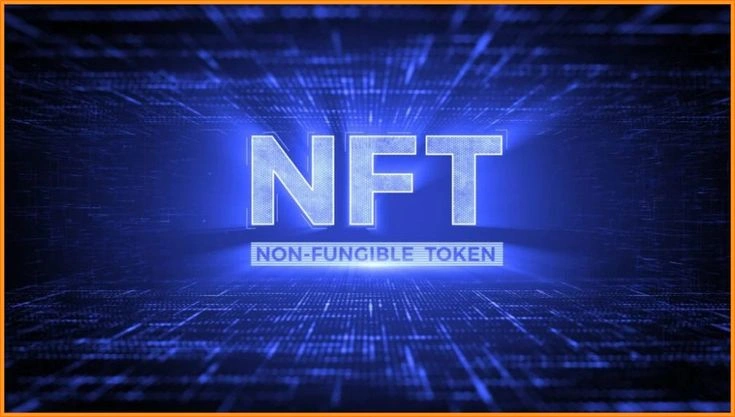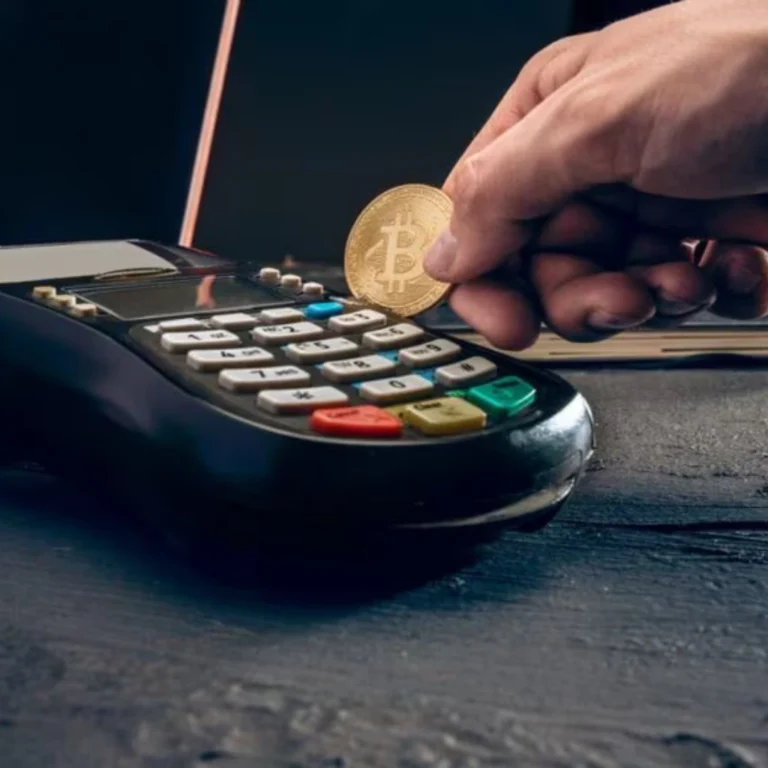If you’ve dabbled in crypto—or even just skimmed Reddit threads—you’ve probably come across the age-old debate: hot vs cold wallet. It’s a classic showdown in the crypto world, and honestly, it’s one that still confuses plenty of newcomers. So, what’s the actual difference, and why does it matter? Let’s break it down in plain English, with a few real-world insights.
Hot vs Cold Wallet: What Is a Hot Wallet, Really?


A hot wallet is any cryptocurrency wallet that is connected to the internet. This includes:
- Mobile wallet apps like Trust Wallet
- Browser extensions like MetaMask
- Exchange wallets such as Binance or Coinbase
Advantages:
- Instant access to funds
- Ideal for frequent traders
- Convenient for interacting with DeFi, NFTs, and online platforms
Risks:
- Online exposure makes it vulnerable to:
- Phishing attacks
- Malware
- Exchange hacks
Because of its constant internet connectivity, a hot wallet is more prone to cyber threats. If compromised, the loss of funds can be immediate.
Cold Wallets: Hot vs Cold Wallet- The Fort Knox of Crypto


On the other end of the spectrum, cold wallets are entirely offline. They include:
- Hardware wallets (e.g., Ledger, Trezor)
- Paper wallets (physical printouts of private keys)
Advantages:
- Disconnected from the internet = much lower risk of hacking
- Ideal for long-term storage
- Trusted by serious investors and institutions
Risks:
- If the device or recovery phrase is lost, access is lost
- Requires more effort and technical understanding
- Not ideal for frequent transactions
Despite being more secure, cold wallets demand more responsibility from the user in terms of safekeeping and usage.
Hot vs Cold Wallet: Which Is “Better”?


This isn’t a one-size-fits-all decision. It depends on your crypto habits, risk tolerance, and purpose for holding crypto.
Choose Hot Wallets If:
- You trade frequently
- You’re involved in DeFi, NFTs, or gaming
- You prioritize speed and ease of access
Choose Cold Wallets If:
- You’re HODLing for the long-term
- You have significant funds to protect
- You value maximum security
Best Practice:
Many seasoned users apply a hybrid approach:
- Small amounts in a hot wallet for regular use
- Large holdings secured in cold storage
Think of it like using a checking account for daily expenses and a savings account for protection.
Security Myths & Missteps
There’s a common myth that hot wallets are always unsafe or that cold wallets are foolproof. Neither is true.
Both wallet types are only as secure as the user’s practices. Some key tips:
- Keep software and devices updated
- Use strong passwords and 2FA
- Don’t click on suspicious links
- Back up cold wallet recovery phrases in multiple, safe locations
- Never store private keys or seed phrases in your email or cloud storage
Security starts with awareness. Knowing the risks and taking proactive steps makes a major difference.
Final Thoughts: Hot vs Cold Wallet—Choose What Works for You
The hot vs cold wallet decision comes down to understanding how each works and matching it to your needs.
- For accessibility and convenience, hot wallets win.
- For maximum protection, cold wallets lead.
- For balanced security, use both wisely.
As cryptocurrency adoption grows, so do the tools—and the threats. Stay informed, stay secure, and remember: in crypto, you are your own bank.
So choose your wallet strategy wisely. Your future self (and your digital assets) will thank you.
Relevant news : HERE






